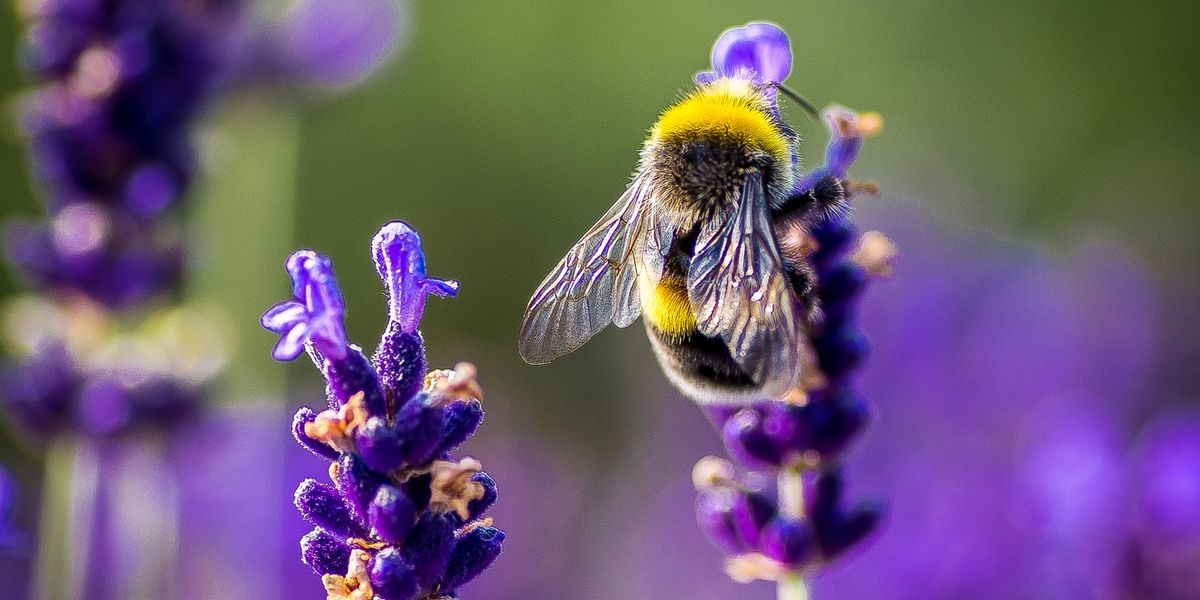
How do microplastics affect bees?
In a world increasingly affected by pollution and climate change, microplastics have become a concern for the environment. They are now found in everything, from the meat we eat to the water we drink and concerningly, their long term effects remain largely unknown. Recently, studies have shown that bees are picking up tiny microplastic particles on their hairs. As bees travel, their hairs become electrostatically charged as they fly to assist pollination as they collect debris like pollen and wax. However, with the increase in pollution, microplastics are increasingly being found on bees.
During one study in Denmark, 15% of the particles recovered from bee hair contained microplastics with the dominant fibres being polyethene and polyester. Certain species of bees including leafcutter bees have even been observed collecting bits of plastic from bags, packaging, and other plastic materials and lining their nests with them, including packaging from construction sites. Due to the high levels of plastic pollution in urban areas, city bees present the highest levels of microplastics, reflecting the contaminated environment of the urban world. But what are the risks to bees from microplastics? Studies show that whilst microplastics do not change their mortality rate directly, when interacting with other chemicals such as pesticides or veterinary medication, they may produce toxic effects. This in turn may cause an accelerated mortality rate of the bee population. This information is particularly concerning to beekeepers given how difficult identifying the presence of microplastics is without biome analysis. It is also important to remember that microplastics may have devastating effects on the health of other wildlife and insects if ingested.
So, what can we do to help mitigate this issue and identify the presence of microplastics in an area? Bees can be used as a bioindicator to identify the presence of pesticides, air pollution, and even radioactive fallout. Conducting this analysis can also provide a viable means for assessing the distribution of airborne plastic fibres and fragments. At Bee Conservation, we offer biome analysis services partnering with Safe Air Quality to determine why a beehive thrives or collapses and how we can address environmental issues in the surrounding hive area for improvement. We can identify fungi, yeasts, bacteria, and viruses to DNA levels as well as pesticides and pollutants. This kind of information allows us to inform our clients of potential environmental risks to the biodiversity in their area and make informed decisions to improve the environment.
We hope that as more research is done on the effects of microplastics, companies and manufacturers will begin to use more biodegradable packaging and sustainable materials. This will allow for a healthier environment for our pollinators and for humans in urban and rural environments. To find out more about Bee Conservaion's biome analysis, click here.